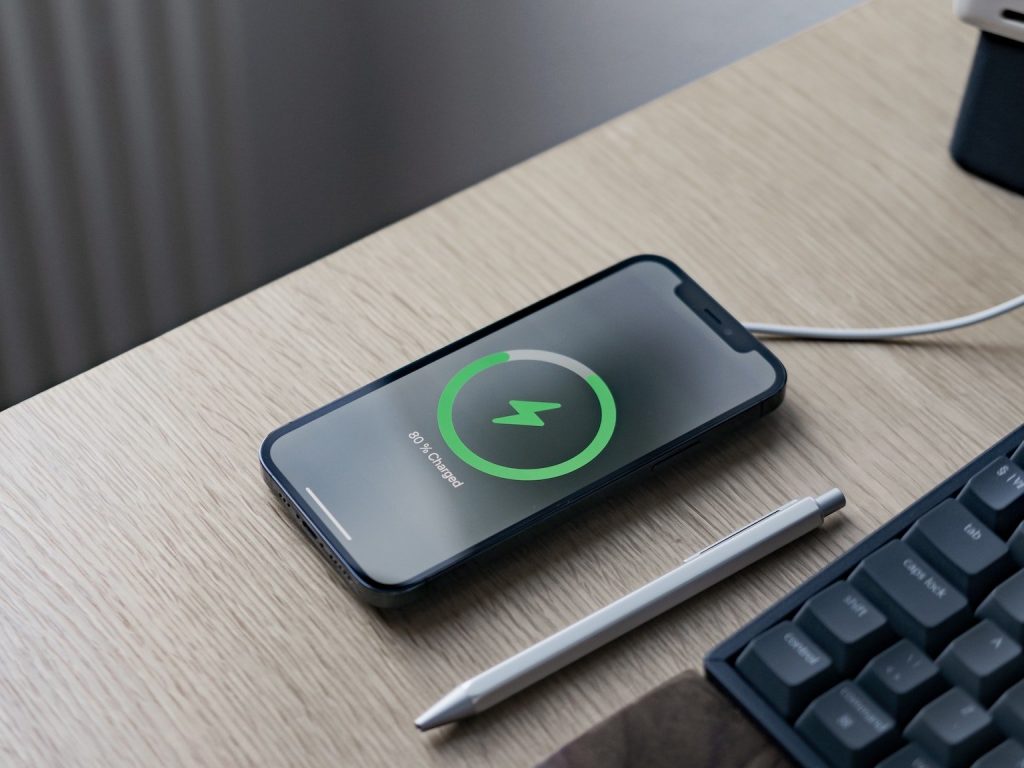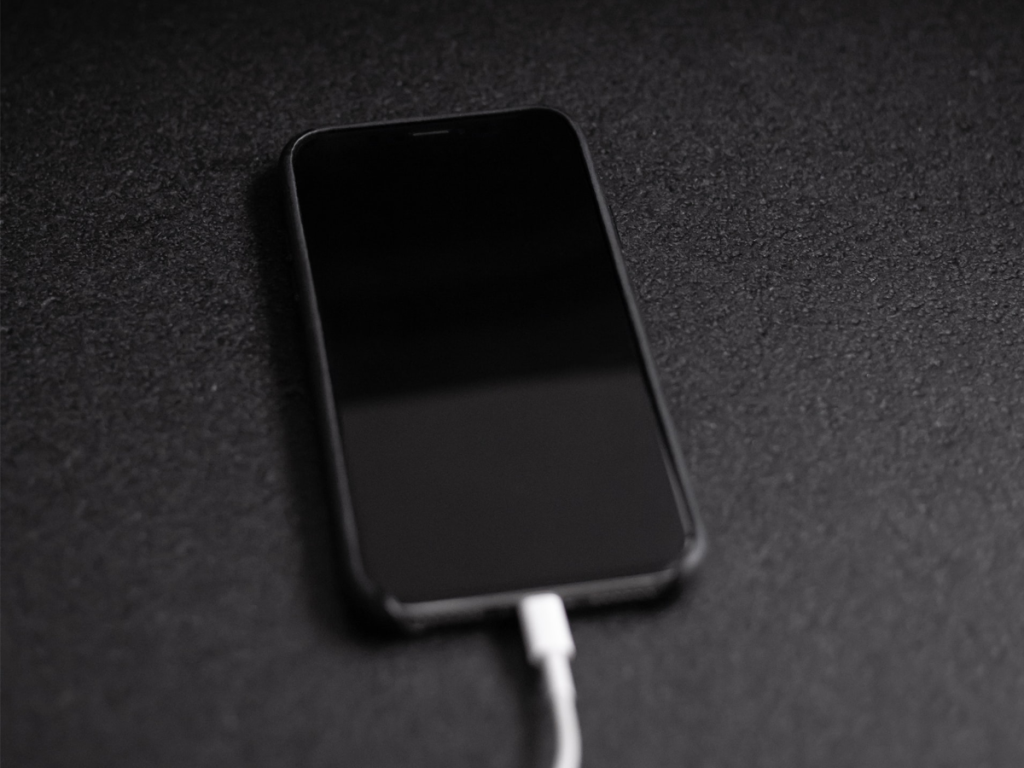Wireless charging and fast charging have become two of the most popular charging options available for iPhone users. While both are convenient and efficient ways to charge your product, many people wonder if they can damage the battery’s health. We’ll explore the impact of wireless charging and fast charging on iPhone batteries.
Quick links:
What Is Fast Charging
Fast charging is a charging method that uses a higher current to deliver power to your iPhone. This method significantly reduces the time it takes to charge your device, making it a popular choice. However, fast charging can generate heat, which can be damaging to your battery over time.
When your iPhone battery gets warm or too hot, it can cause your iPhone to heat up, and lead to reduced battery life. Therefore, it’s important to use a compatible charger that is designed to work with your iPhone and avoid charging your phone in extreme temperatures.
What Is Wireless Charging
Wireless charging or MagSafe charging is a method that uses an electromagnetic field to transfer power to your iPhone. This charging method is convenient and hassle-free, as it eliminates the need for cables. However, it can also generate heat, which can impact your battery health.
When you charge your iPhone wirelessly with a Qi charger or with MagSafe, your device may get hot, especially if you’re using a case that doesn’t dissipate heat well. The heat generated during wireless charging can cause the battery to degrade faster, reducing its overall lifespan.

Which Charging Method is Better?
When choosing between wireless charging and fast charging, both methods have their own set of pros and cons, and the best option depends on your personal preferences and charging needs.
If you’re in a hurry and need to charge your iPhone quickly, fast charging is the better option. However, if you prefer a more convenient and cable-free charging method or want to charge your iPhone while on the go, wireless or MagSafe charging may be the better option.
Regardless of which charging method you choose, it’s important to take good care of your iPhone. Avoid charging your device in extreme temperatures, and make sure to use a good quality charger that will stop charging once its complete. Also, it’s best to use a charger that is specifically designed for your iPhone.
Conclusion
In conclusion, both wireless charging, MagSafe charging and fast charging have their own advantages and disadvantages, but they won’t necessarily damage your iPhone battery as long as you use them correctly. The most important thing is to take good care of your battery by avoiding extreme temperatures, using a compatible charger, and not overcharging it.
If you’re experiencing battery-related issues, such as reduced battery life or charging problems, it may be time to have your iPhone serviced or its battery replaced. At Ryujin Electronics, our expert Repair Specialists can diagnose and service battery-related issues to ensure your device is running smoothly and efficiently.

